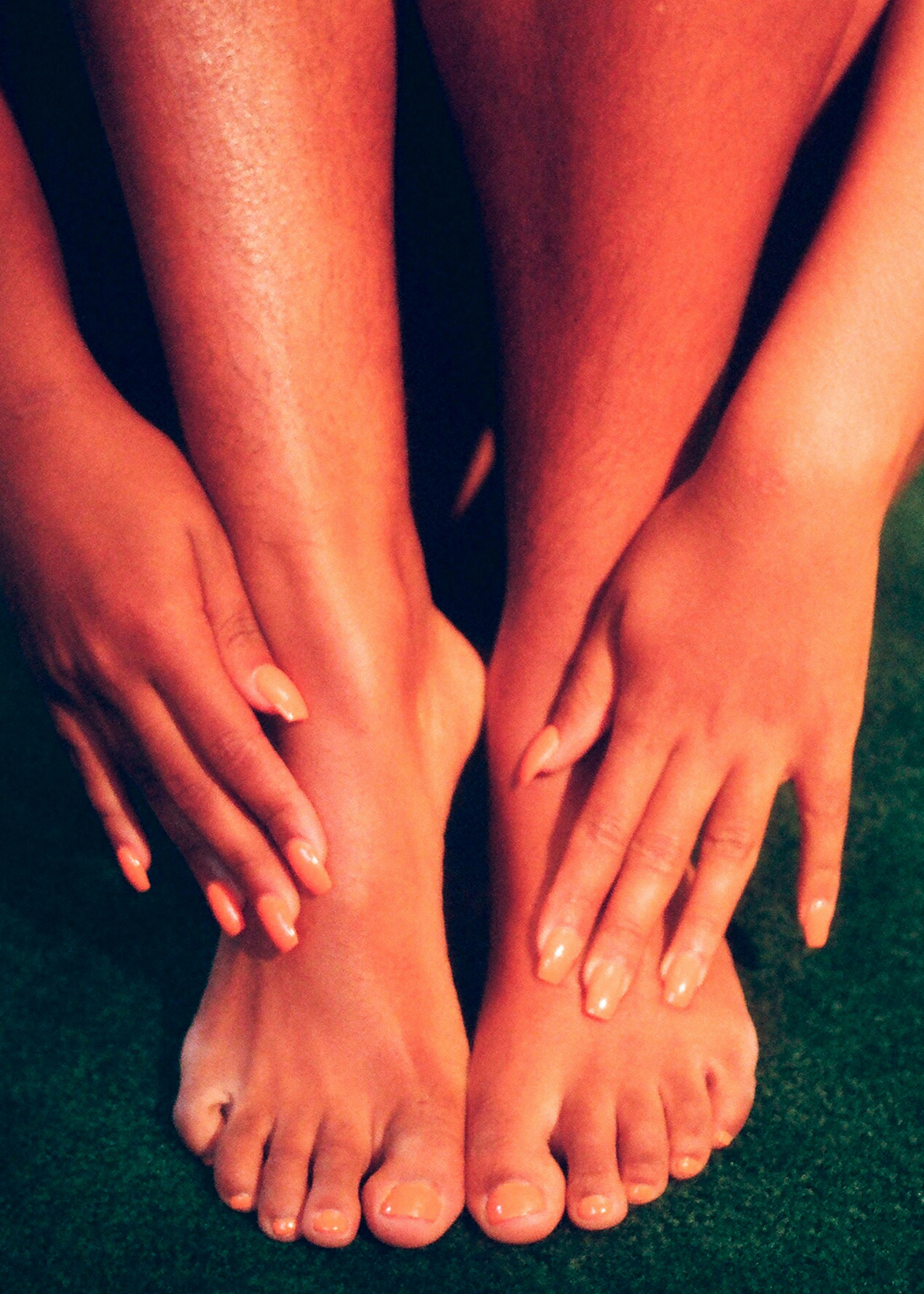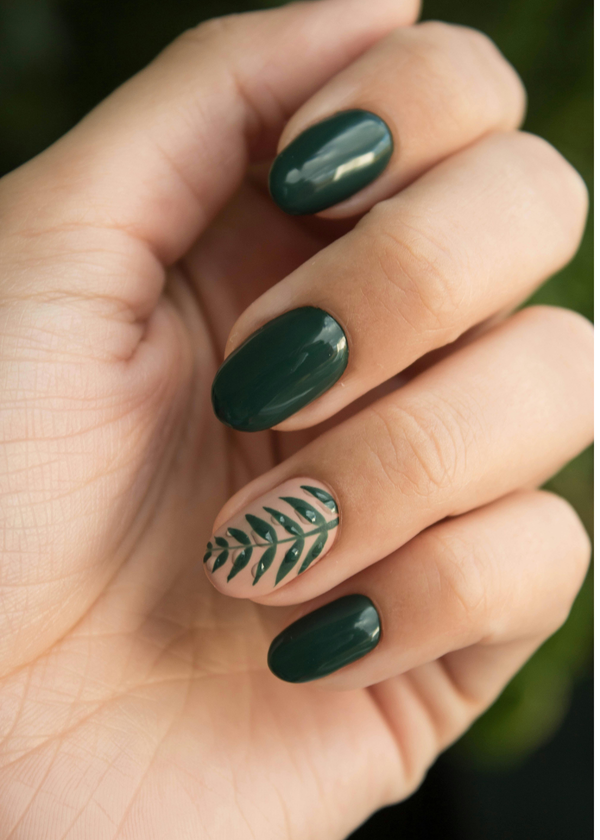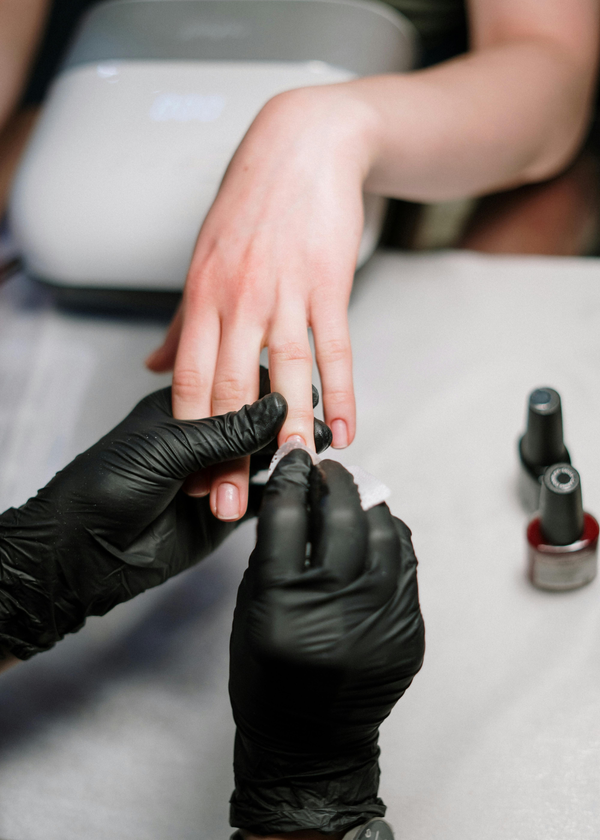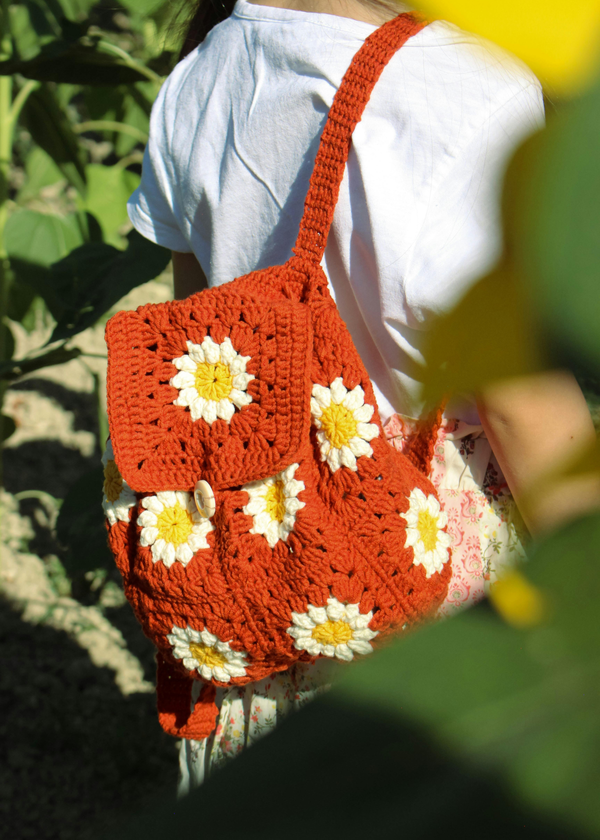Swollen feet can be a discomforting and often painful condition that affects many individuals. Whether due to prolonged sitting, long flights, or medical conditions such as chronic venous insufficiency, the quest for symptom relief is a common concern.
One potential solution that has gained popularity is the use of compression boots. But do compression boots help swollen feet? Let's delve into the science behind compression therapy and its effectiveness in managing swollen feet.
Understanding Compression Therapy
Compression therapy involves applying controlled pressure to the legs to improve blood flow and lymphatic drainage. This method is often used to prevent swelling, reduce soreness, and speed up muscle recovery.
By increasing blood flow, compression therapy helps to clear lactic acid and metabolic waste that can contribute to delayed onset muscle soreness (DOMS).
The Role of Compression Boots in Swelling Reduction
Recovery boots reduce swelling by using intermittent pneumatic compression to mimic the body's natural muscle contractions.
This gentle pressure helps to move fluid and prevent toxin backup in the legs, which can lead to swelling. For individuals with conditions like lymphedema or varicose veins, compression boots can be an effective treatment to manage symptoms.
How Compression Boots Work
Compression boots work by enveloping the legs and rhythmically inflating and deflating to apply compression to the leg muscles.
This process helps to improve blood circulation and promote lymphatic drainage, which is crucial for reducing inflammation and swelling caused by fluid retention.
The Impact on Blood Oxygen Uptake
By increasing blood circulation, compression boots also enhance blood oxygen uptake. This is particularly beneficial for athletes or those recovering from vascular surgery, as it can lead to improved performance and a quicker recovery time.
Compression Boots vs. Compression Stockings
While compression boots offer a more dynamic form of compression therapy, compression stockings provide mild compression and can be worn throughout the day. They are a convenient option for those who experience leg swelling due to sitting or standing for long periods.
Preventing Deep Vein Thrombosis
One of the more serious concerns for individuals with swollen feet is the risk of blood clots. Compression boots can help prevent deep vein thrombosis by maintaining increased blood circulation and reducing the chances of blood pooling in the legs.
The Connection Between Compression Boots and Blood Pressure Management
Compression boots aren't just for athletes or those with specific medical conditions; they can play a significant role in managing blood pressure, especially for individuals with sedentary lifestyles. By applying gentle pressure to the legs, these boots encourage blood flow, which can help prevent the pooling of blood in the lower extremities.
This is particularly beneficial for those who sit for extended periods, as it can reduce the risk of orthostatic hypotension, a condition characterized by a sudden drop in blood pressure upon standing.
Moreover, the consistent use of compression boots can contribute to overall cardiovascular health. By aiding in the circulation of blood, these devices ensure that blood pressure levels are more stable, which can alleviate stress on the heart and blood vessels.
This is crucial for maintaining a healthy circulatory system and can be a proactive measure to prevent future complications. Whether you're recovering from a workout or simply looking to support your heart health, incorporating compression boots into your routine could be a step in the right direction.
Compression Socks vs. Lymphedema Boots: Tailoring Your Choice to Your Needs
When it comes to managing conditions like lymphedema, where the affected area experiences significant swelling due to fluid buildup, the choice between compression socks and lymphedema boots becomes vital.
Compression socks offer a convenient and less intensive option for daily wear, providing consistent pressure that can help reduce mild inflammation and pain. They are particularly useful for those who are active and need a solution that moves with them throughout the day.
On the other hand, lymphedema boots are designed for more severe cases of swelling and are often used as part of a medical treatment plan. These boots provide a higher level of pressure and are typically used in a controlled environment, often while the patient is at rest.
They work by applying a gradient pressure that is higher at the foot and gradually decreases up the leg, which is more effective in moving fluid out of the affected area. For individuals dealing with significant post-exercise swelling or chronic conditions, lymphedema boots may offer the targeted relief needed to manage symptoms and improve quality of life.
Addressing Chronic Venous Insufficiency
Chronic venous insufficiency is a condition where the veins have trouble sending blood from the legs back to the heart. Compression boots can aid in improving blood flow, which may alleviate symptoms associated with this condition, such as leg ulcers and swelling.
Lymphatic System and Swelling Reduction
The lymphatic system plays a key role in moving fluid throughout the body. Compression boots support the lymphatic system by facilitating lymphatic drainage, which helps to reduce swelling and prevent the buildup of excess fluid in the legs.
Are Compression Boots Suitable for Everyone?
While compression boots can offer relief for many, they may not be suitable for everyone. Individuals with certain medical conditions or those at higher risk for complications should seek advice from a healthcare professional before using compression boots.
Incorporating Compression Boots into Your Routine
For optimal results, it's important to use compression boots as part of a comprehensive approach to managing swollen feet. This may include lifestyle changes, such as avoiding prolonged sitting and engaging in regular exercise, alongside compression therapy.
Choosing the Right Compression Boots
When selecting compression boots, consider factors such as the level of compression, fit, and comfort. It's essential to choose a pair that provides the right amount of pressure for your needs without causing discomfort or restricting blood flow.
Compression Boots for Athletes
Top athletes often use compression boots as part of their recovery routine. The boots help to reduce post-exercise swelling and improve circulation, which can lead to faster muscle recovery and reduced recovery time.
The Verdict on Compression Boots for Swollen Feet
Compression boots can be a valuable tool for managing swollen feet, offering benefits such as improved circulation, reduced inflammation, and enhanced lymphatic drainage. However, it's crucial to consult with a healthcare provider to ensure they are appropriate for your individual situation.
FAQs
Q: Can compression boots be used to treat varicose veins?
A: Yes, compression boots can help manage symptoms of varicose veins by improving blood circulation and reducing pressure on the veins. However, they should be used as part of a treatment plan recommended by a healthcare provider.
Q: How long should I wear compression boots for swollen feet?
A: The duration for wearing compression boots can vary depending on the individual's condition and the advice of a healthcare professional. Typically, sessions can last from 15 to 30 minutes, but it's important to follow specific recommendations for your situation.
Q: Are there any risks associated with using compression boots?
A: While compression boots are generally safe, there can be risks if they are used improperly or by individuals with certain health conditions. It's essential to consult with a healthcare provider before starting compression therapy to avoid potential complications.
Summary
Compression boots are a form of compression therapy that can help alleviate swollen feet by applying gentle pressure to the legs, enhancing blood flow, and promoting lymphatic drainage.
They can be particularly beneficial for those with conditions like chronic venous insufficiency, lymphedema, and for athletes seeking faster recovery. However, it's important to use them correctly and under the guidance of a healthcare professional to ensure safety and effectiveness.








